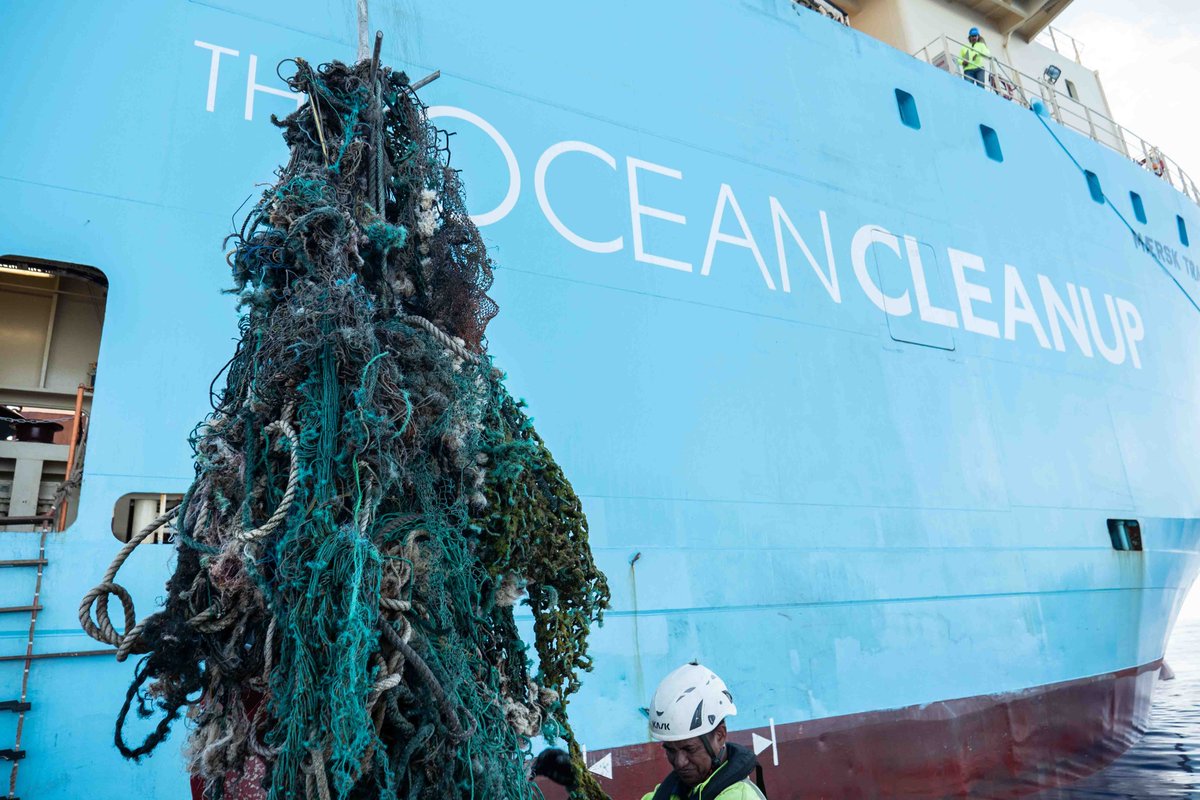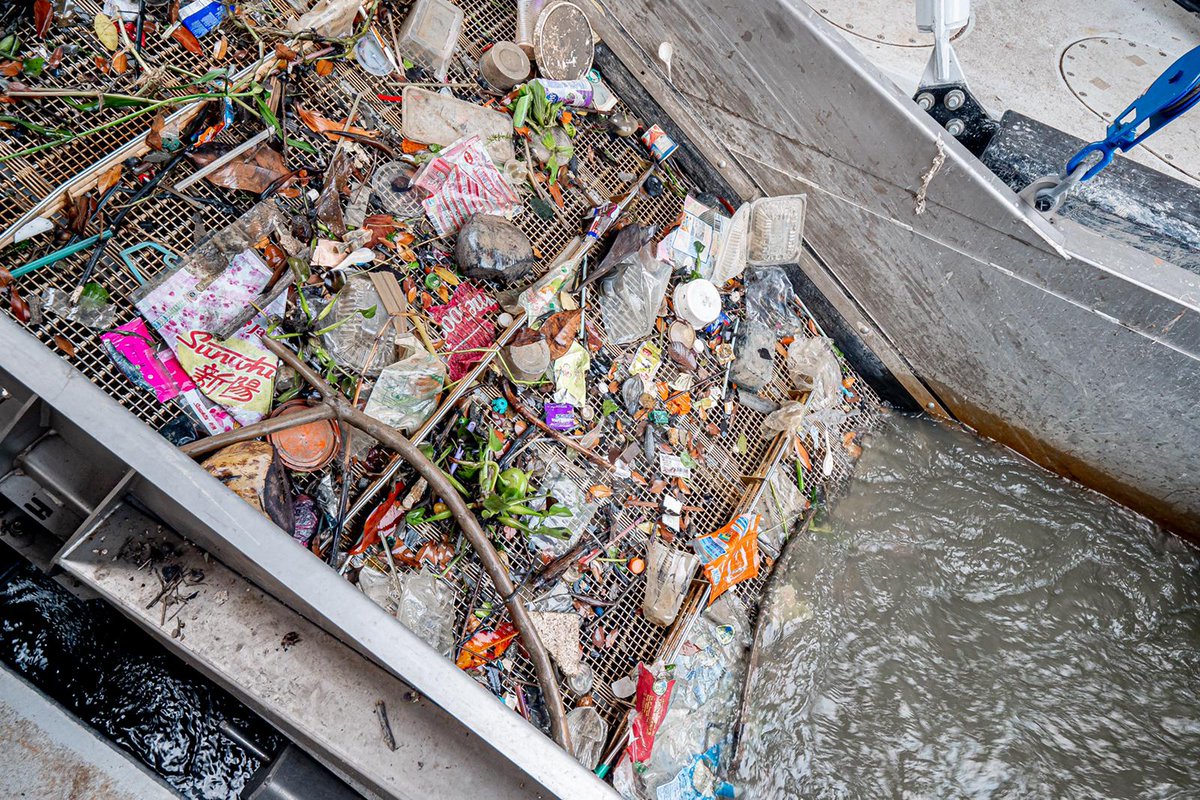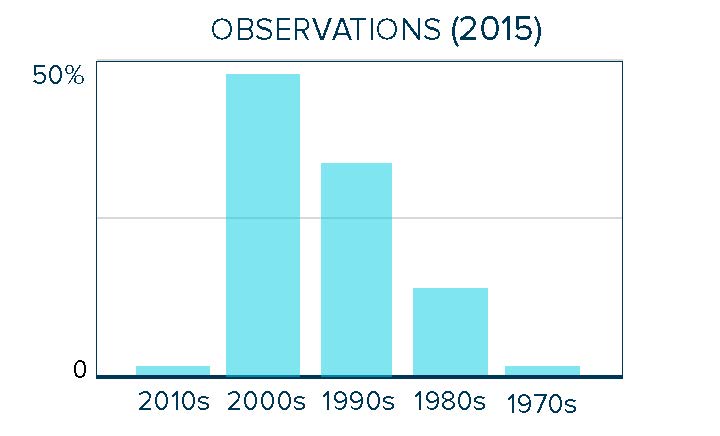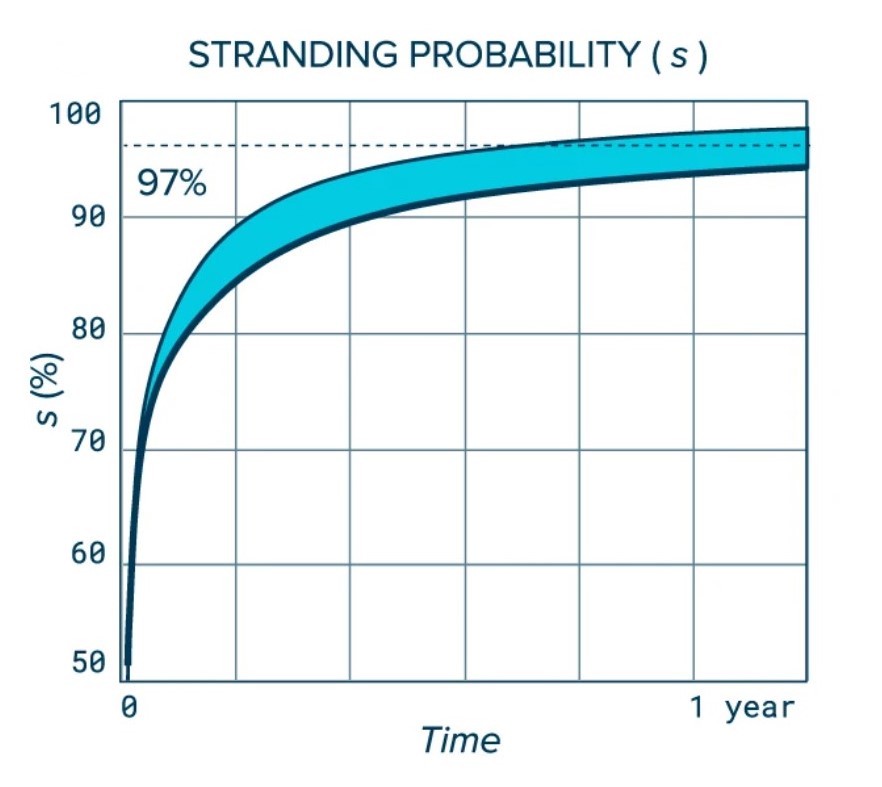Getting questions about @seaspiracy and the stat that 46% of plastic in the Great Pacific Garbage Patch is fishing nets.
I can confirm this is true - I am a co-author of that study.
Yet this doesn& #39;t necessarily mean that 46% of what enters the oceans is from fishing [THREAD https://abs.twimg.com/emoji/v2/... draggable="false" alt="🧵" title="Thread" aria-label="Emoji: Thread">]
https://abs.twimg.com/emoji/v2/... draggable="false" alt="🧵" title="Thread" aria-label="Emoji: Thread">]
I can confirm this is true - I am a co-author of that study.
Yet this doesn& #39;t necessarily mean that 46% of what enters the oceans is from fishing [THREAD
In the Great Pacific Garbage Patch (GPGP) we observe a very specific composition of trash: almost everything is & #39;thick& #39; plastic. You see buoys, bottles and toothbrushes, but hardly any plastic bags or other household packaging (while this is the dominant type in river trash).
The plastic in the GPGP is on average decades old. Packaging waste, most of it being & #39;thin& #39;, is likely to fragment into microplastics in that timespan, or sink because its high surface-to-volume ratio means it& #39;s not very buoyant.
Fishing gear, however, is mostly & #39;thick& #39; - look at buoys, crates and nets. This trash fragments much more slowly and is also very buoyant; prime candidates to hang around in the GPGP.
And there& #39;s another thing: consumer waste comes from rivers, so enters the ocean right next to the coast. Our models indicate that, for plastic coming from rivers, 97% ends up back on shore within a year of entering the oceans due to wind and waves.
To break loose of coastlines and end up in the GPGP, you have to be a pretty lucky piece of plastic! Fishing gear, however, tends go get lost far away from the coast, so has a much higher chance of ending up in the GPGP.
In other words, there are likely selection effects, which give a distorted picture in the GPGP. 46% of plastic in the GPGP does not mean 46% of the source is fishing boats. In coastal waters, most plastic is from rivers.
So how much of the source is fishing? Nobody knows for sure, and it& #39;s something we& #39;ve been trying to find out, but it& #39;s easier said than done. For one, we find many fishing companies are reluctant to share data with us on gear loss.
It is often estimated that 80% comes from land (rivers) and 20% from maritime sources (fishing and boats). I wouldn& #39;t be surprised if this turns out to be a reasonable estimate. But we aim to refine this.
All of this doesn& #39;t refute the point the documentary made: lost/discarded fishing gear is very harmful, and an important source of ocean trash. But it& #39;s not the only source, and it& #39;s no reason to stop focussing on rivers (next to cleaning up the GPGP).
For the full @TheOceanCleanup study mapping the GPGP, see our 2018 paper here: https://www.nature.com/articles/s41598-018-22939-w">https://www.nature.com/articles/...

 Read on Twitter
Read on Twitter ]" title="Getting questions about @seaspiracy and the stat that 46% of plastic in the Great Pacific Garbage Patch is fishing nets.I can confirm this is true - I am a co-author of that study.Yet this doesn& #39;t necessarily mean that 46% of what enters the oceans is from fishing [THREADhttps://abs.twimg.com/emoji/v2/... draggable="false" alt="🧵" title="Thread" aria-label="Emoji: Thread">]" class="img-responsive" style="max-width:100%;"/>
]" title="Getting questions about @seaspiracy and the stat that 46% of plastic in the Great Pacific Garbage Patch is fishing nets.I can confirm this is true - I am a co-author of that study.Yet this doesn& #39;t necessarily mean that 46% of what enters the oceans is from fishing [THREADhttps://abs.twimg.com/emoji/v2/... draggable="false" alt="🧵" title="Thread" aria-label="Emoji: Thread">]" class="img-responsive" style="max-width:100%;"/>







